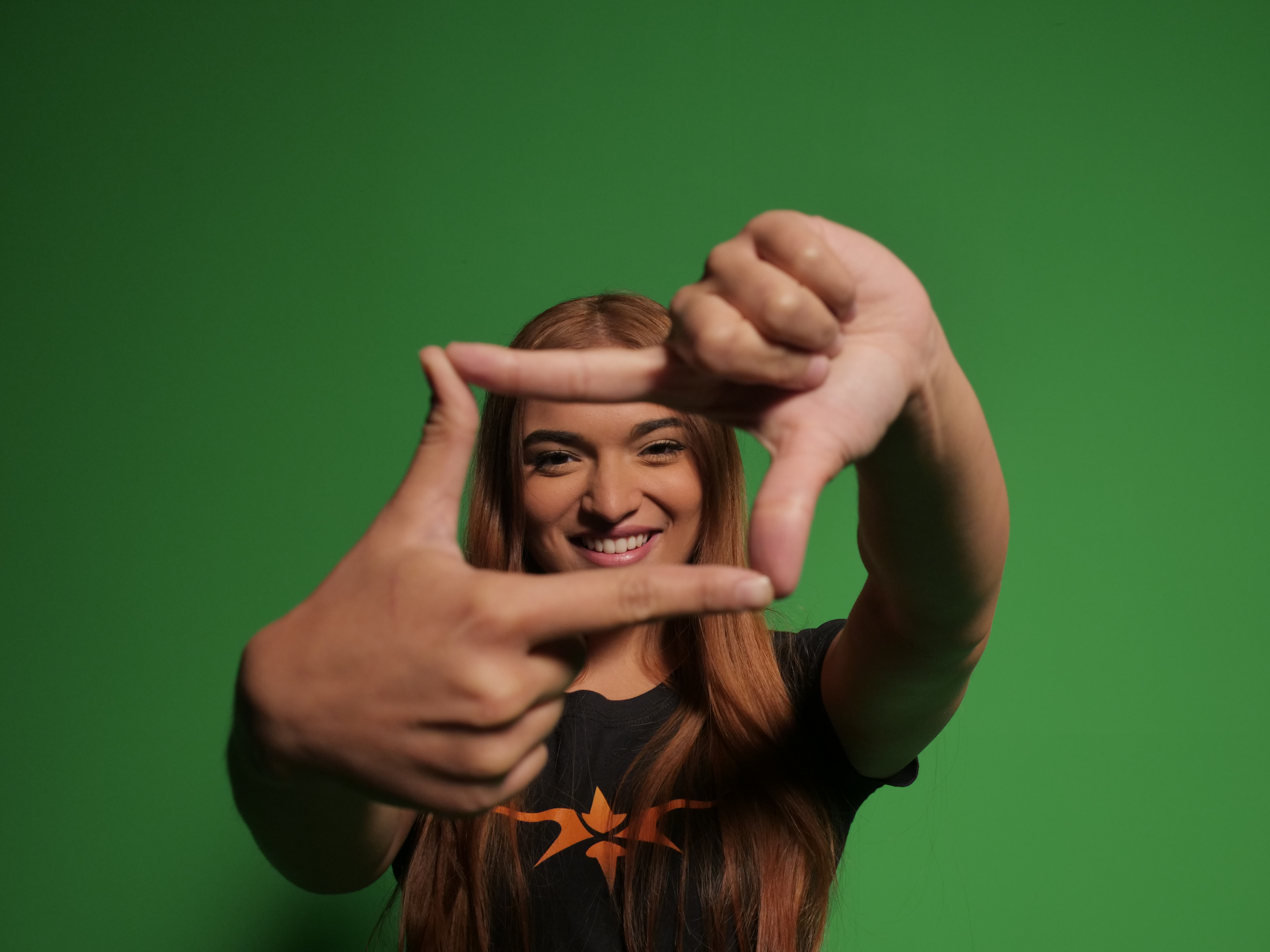How to Change the Aspect Ratio of a Video
If you’re a business owner that likes to share video content across a variety of different social media platforms to maximize your engagement across all channels, you’re not alone! Business owners are finding that they can connect with viewers across a variety of different channels and in various groups by posting regularly across different social platforms such as Facebook, Instagram, Tik Tok, Linkedin, and the various other platforms that are available but unfortunately, when it comes to sharing video content, it’s not always a smooth and seamless process. Learning how to change the aspect ratio of a video is a task that is bound to come up rather frequently if you’re trying to post across multiple social platforms.
Certainly, you can work with your production team to make content that is targeted and appropriately sized for the desired platform upon which you intend to share it, but what happens if you want to share a video you had produced for Instagram on Facebook? Your vertical video with a 4:5 aspect ratio that was perfect on Instagram isn’t necessarily going to work out so well on Facebook where the aspect ratio for videos is 2:3 on mobile. So what can you do?
The aspect ratio of a video can be adjusted if you’ve got software such as Adobe Premiere Pro to accomplish this however, if you’re not a seasoned filmmaker, there’s a strong chance that you’re going to find adjusting the aspect ratio of your video a bit complicated and potentially more work than what you would have expected. In fact, it’s very common for additional edits to be required when learning how to change the aspect ratio of a video simply because you might find that, depending on what aspect ratio you’re adjusting to, you lose some of the important action as the frame size is altered.

How to Change the Aspect Ratio of a Video with Adobe Premiere Pro
If you’re lucky enough to have Adobe Premiere Pro and you’re willing to attempt some technical work on your video, there’s a lot that can be done including adjustments to the aspect ratio of your video. Start by creating a copy of your video first, so that you can be sure that any changes you make will not impact your original file. You certainly don’t want to lose a video that you’ve already created or to break anything!
Next, create a new sequence. This will allow you to adjust and alter your video track within the software. Once you’ve got your video track in as a “new sequence” you can go to Settings and choose to adjust the frame size to whatever aspect ratio is most appropriate or most desired for your project.
While it really is that simple to adjust the aspect ratio of your video, it’s not guaranteed that you will love the outcome. There’s a chance that your adjustments will cause certain elements to fall outside the frame of the current aspect ratio. This is likely if your original video is in an aspect ratio that was more square such as 4:3 and you adjust to something more widescreen like 16:9. However, if you’re adjusting from something widescreen, like the 16:9 to something more square like 4:3, you’re going to need to take actions to ensure you fill up the blank space that you create.

Filming with Aspect Ratio in Mind
When you work with a professional production crew, like Team Beverly Boy, they’re going to ask you, in advance, where you intend to share your videos. Videos then can be produced with the upload location in mind so that the proper formatting can be used ahead of time. For example, the following aspect ratios are common to the various popular social media platforms that are most widely used by business owners today:
- Facebook – 16:9 landscape or 9:16 portrait. Linked videos are 16:9 by default and mobile videos render 2:3 automatically.
- Facebook video ads – aspect ratio between 9:16 and 16:9 including 1:1 square, 4:5 vertical, or 2:3 and 9:16 full portrait.
- Instagram – 1:1, stories and reels use a 9:16 ratio.
- Tik Tok – 9:16 recommended 1:1 with letterboxing
- Tik Tok Feed Ads – 9:16 or 1:1 or 16:9.
- YouTube – 16:9
- YouTube Video Ad – 16:9
- Linkedin – 1:2.4 to 2.4:1.
- Linkedin Video Ads – 16:9 landscape, 1:1 square, and 9:16 vertical.
- Pinterest – 1:1 square standard or 2:3, 4:5 or 9:16 vertical.

As you can see, when it comes to sharing videos across social media, there are a variety of intended aspect ratios that are ideal for each platform and method of sharing. Thus, you can’t always just film in a 16:9 and expect that your video will integrate across all platforms nor can you film in a 1:1 or really any other aspect ratio if you intend to share across many different social platforms. It becomes necessary to learn how to change the aspect ratio of a video in order to deliver the best content to your audience without the potential for videos that have missing elements or which are otherwise not formatted correctly.
Learning how to change the aspect ratio of a video becomes incredibly important as you shift your focus and continue to share across different platforms but the best case scenario is to create videos with the platform that you intend to share on in mind. Work with your production team and let them know your intentions so that they can adjust the formatting and alter the aspect ratio for you delivering your video in the desired finished sizes that are most suitable for your social sharing.

